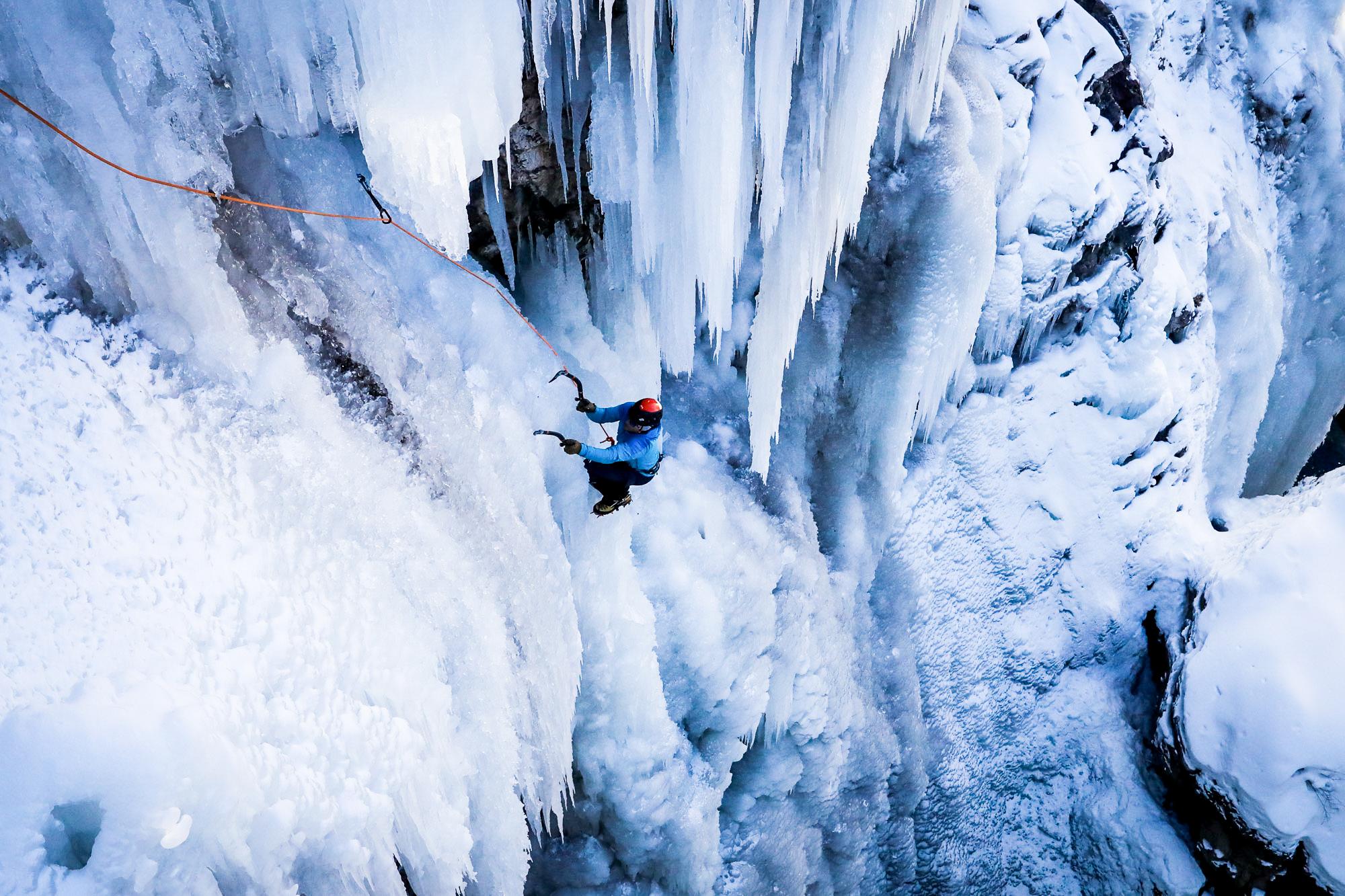
The ice axes make a satisfying “thwack” every time a bundled-up climber, one tool in each hand, swings them into the frozen wall. Shattered bits fly off as the line of climbers inches up frozen drips, their spiky boots piercing what looks like an ice-blue candle melted over rocks.
Despite the stinging snow, it was a busy morning at the Ouray Ice Park’s beginner’s wall. It's only about 40 feet high, but some of the park’s routes are taller than a 10-story building.
Nestled in a craggy gorge deep in the Colorado mountains, the park that started as a DIY venture has become one of the top ice-climbing destinations in the world and transformed the winter economy of the former mining town.
But the plunging playground of ice, nearly two miles of it, does not just emerge on its own every winter. It requires water, cold temperatures — and a whole lot of hands-on effort from a uniquely skilled group.
“We’re humble ice farmers,” said Jason Watkins, his many layers and blond beard keeping him warm.
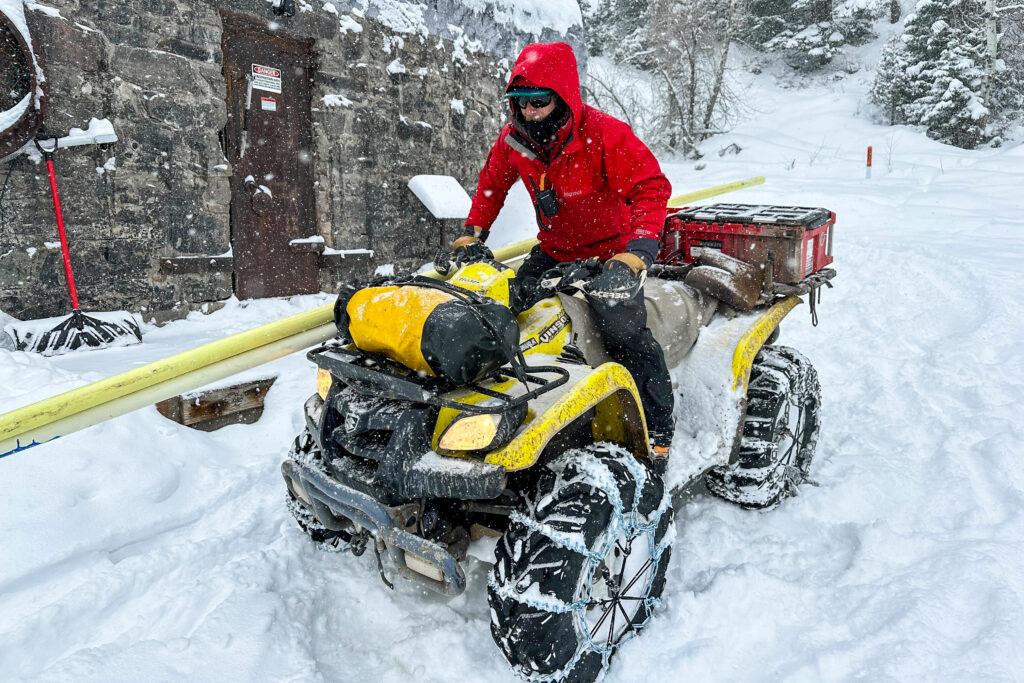
That day it was cold enough to start ice farming right at 4 p.m., when the park closed. Watkins descended into a bunker high in the gorge and used a huge piece of t-shaped metal to open a water pipe and start the vital flow. The gravity-fed system feeds water to hundreds of little sprayers lining the gorge. Watkins and a fellow farmer methodically turned each one on as they walked along the perilous edge.
The nozzles shook as they swelled with pressure and sputtered to life, spraying water on the existing ice formations drooping into the frigid canyon.
Watkins can change the sprayers’ angle and water pressure to mold the ice into curtains, waterfalls, or pointy daggers — all climbable and stunning.
Ice farming is “a skill and it's an art and it's a science,” Watkins said.
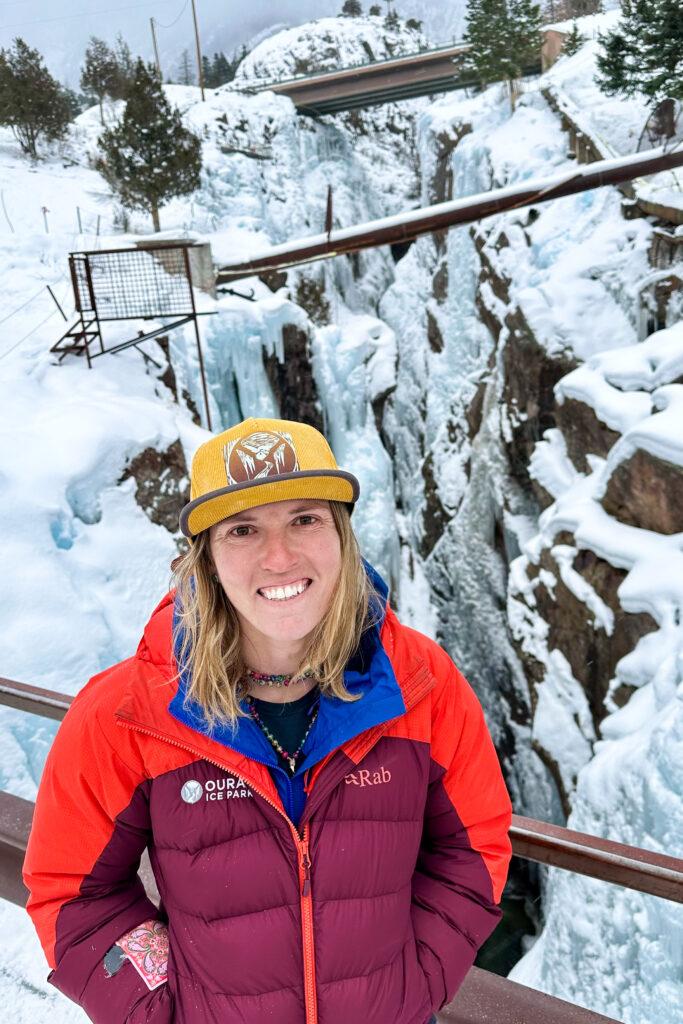
It’s also a local tradition.
Modern Ouray ice farmers owe their line of work to an original crew from the 1980s, a group of local guys Corey Gera calls “rebels.” Gera, the park’s operations manager, revisits a story that’s become a local legend: The friends were peering into the Uncompahgre Gorge one wintry day when they noticed an old hydroelectric pipeline that had several holes where water was escaping and freezing.
“And water was forming these beautiful ice sculptures on the wall,” Gera said.
And maybe, the story goes, those guys decided to make the holes a little bigger.
“It's debatable, maybe not,” Gera said with a laugh. “Depends who you ask.”
Once the guys realized they could grow ice, Ouray’s first ice farmers decided they might as well grow a ton of it. In the beginning, it was a pretty scrappy affair, with farmers lowering garden hoses over the side of the gorge and then thawing them in hot tubs at a local lodge after they froze up.
These days, the Ouray Ice Park is a much more sophisticated operation with miles of plastic pipe threaded through the chasm. Gera said when ice operations are at full blast, they use 300 gallons of water per minute, all night long, using the overflow from Ouray's water tanks — that will eventually melt back into the watershed.
The result is an icy playground that has transformed the tiny community. A big summer tourist hub, Ouray used to shut down in the winter. Since the park opened 30 years ago, the former mining town abandoned by gold and silver rushes has grown into a world-renowned destination for ice climbing. Thousands of climbers flock to the free, non-profit park every winter, which means local restaurants, hotels, and gift shops can stay open all year long.
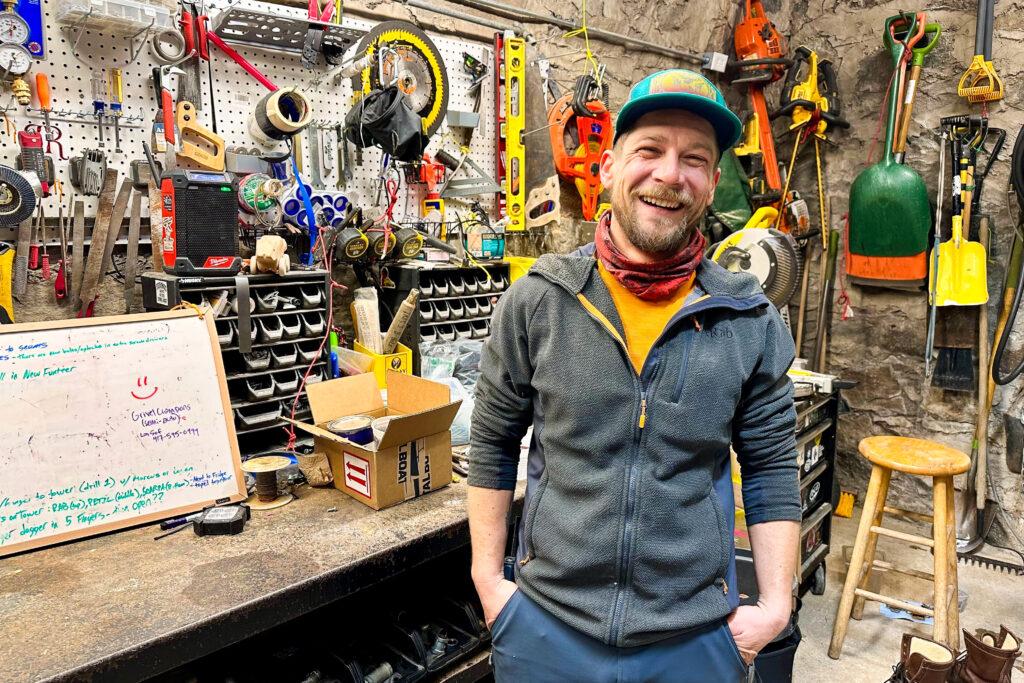
Ice farming, like all farming, is hard work that’s often made more difficult by the elements.
The next morning, snow was coming down sideways. Watkins had been at the park since it was still dark to turn off the water sprayers so climbers could start their day. As he sipped cold brew on a bridge overlooking the gorge, he called conditions “borderline miserable.”
But one crucial factor was perfect: the temperature. The night ahead was forecast to be far below 22 degrees, the threshold for ideal ice-making.
“It’s been a rough year,” Watkins said. “It’s been warm and really hard to make the ice.”
The season’s warm start pushed the park’s opening to nearly New Year’s Eve, while previous seasons have started right around Christmas. The weather has also made everyday ice operations a lot more uncertain. When Watkins peers down at the park’s giant icicles, he’s proud that his hard work — and layers of sprayed water — have overcome the uncertainty and challenges of making something usable and beautiful out of ice.
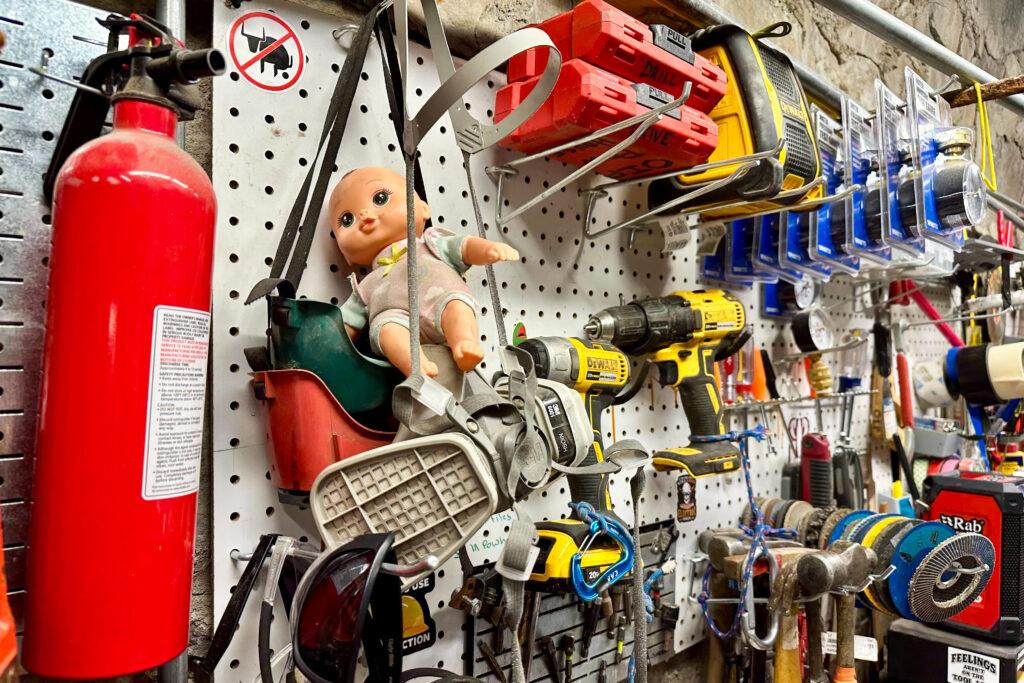
“It’s a labor of love,” he said, with a smile.
During the winter, that labor never really stops. Soon, he left on a rumbling ATV, a long strip of wobbly yellow plastic pipe strapped to the side.
That night, when the crowds leave the temperatures dip, Watkins will be back to turn on the water and tend to the harvest that brings joy to climbers and the big bucks that drive Ouray’s winter economy.
- Cryogenics non-profit opens ‘world’s first’ human preservation museum in Estes Park
- For skiers in Colorado, a snow season that started slow and rebounded is poised for a deluge
- Why forested Colorado barely has a Christmas tree industry
- From the Continental Divide to Utah, or somewhere else? Where is the Western Slope in Colorado?
- How did No Name, Colorado, get its name?








